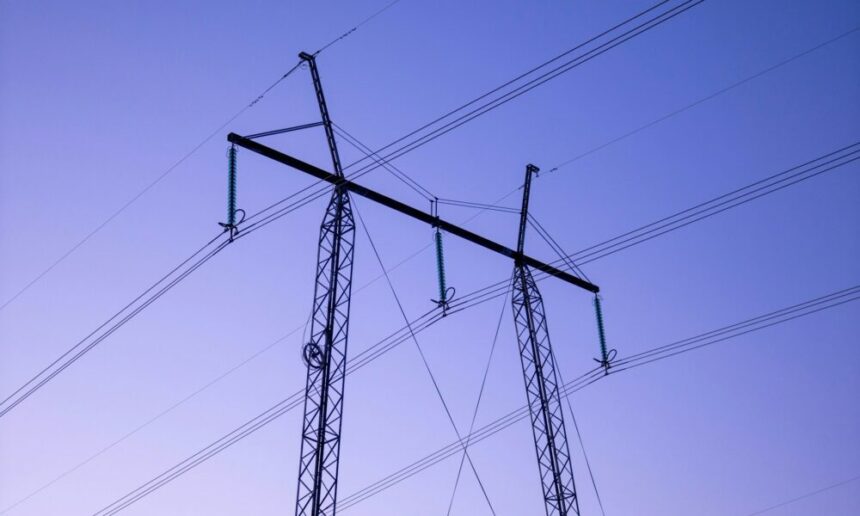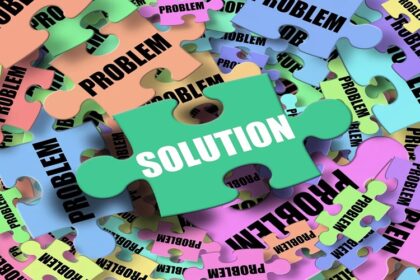Ready access to electricity is a mainstay in the developed world. Few citizens have the ability to power their homes, guard their food supply, or even keep their electric vehicles charged up when necessary. To make sure that the power grid is secure and stable, multiple technologies may be in use to help a power grid run properly.
1. Efficient Decision Making
In the event of a power failure due to downed lines, power may need to be rerouted to critical facilities such as hospitals. Determining the best way to direct power supplies to critical infrastructure features requires rapid decision-making steps.
The experts in charge of power allocation can rely on technology to determine factors such as what neighborhoods will be impacted by power loss, how much load will power lines be under in the re-routing process, and how long power cuts may last in the event of one lost power connection.
2. Tracking Resiliency
Power companies use resiliency modeling to make sure that contingency plans are in place to cover critical services after a storm or other event impacts the power grid.
A resiliency modeling program may propose disasters, such as a severe windstorm. While metal power poles may survive such an event, wooden ones may not. As power grids are expanded and improved, potential failure points always need to be considered, improved when appropriate, and overcome via models over time.
3. Household by Household Considerations
The microgrid technology and monitoring options add a great deal of flexibility to power grid risks. A major grid failure can leave an entire city in a crisis without power. If you have solar panels and batteries to store power, you may be your own microgrid!
The ability to monitor power on a household-by-household basis requires detailed technological tracking. Because many with solar power actually turn it back to the grid in times of excess, updating the electrical load of lines and routing risks is an endless ongoing process. For those who choose to use solar power, store what they can, and sell the extra, this monitoring is key to their safety and is required for any electrical recompense.
4. Improvements in Power Storage
Technology around batteries and power storage is endlessly improving. Those with solar on their roof may have batteries in their basements. It may ultimately be possible to create electrical storage stations for neighborhoods or city blocks to keep homes powered up enough to run the basics.
Such storage options can be life-changing. Few of us can heat our homes with a fireplace or a woodstove. Even if your home features an oil-burning stove, you still need electricity to move air around your home. If your furnace runs on natural gas, you need electricity to ignite the pilot and to run your thermostat.
Ready, easy access to electricity is a mainstay of our culture. When the power goes out, we are often quite isolated and may struggle to feed our households. Improved technology around power routing and distribution can only keep us safer. Technology plays an important role.








